The Material of Mask – Meltblown Fabric’s Electret Process and Its Working Principle
By Scott Chin • 06/3 @ 7:12 • The Material of Mask – Meltblown Fabric’s Electret Process and Its Working Principle已关闭评论
Meltblown cloth is a melt-blown nonwoven cloth formed by drawing the polymer melt trickle extruded from the die spinneret orifice with high-speed hot air flow, thereby forming superfine fibers and collecting the superfine fibers on a screen or roller, and simultaneously bonding the superfine fibers by itself. These superfine fibers with unique capillary structure increase the number and surface area of fibers per unit area, thus making meltblown cloth have good filterability, shielding, thermal insulation and oil absorption. It can be used in the fields of air, liquid filtering materials, isolation materials, absorbing materials, mask materials, thermal insulation materials, oil absorbing materials, wiping cloths and the like.
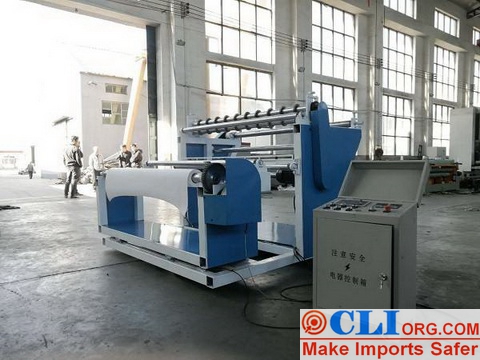
At present, application of meltblown fabric is very extensive. Since the 1970s, various charging technologies and charging technologies through mixing different fibers and other distinctive electrostatic filters have been developed and utilized. Therefore, meltblown fabric electret process is widely used in filter materials.
Most of the traditional filtering materials use ordinary meltblown cloth, which has poor filtering effect and cannot effectively filter tiny particles and bacteria in the air. According to the research, only polypropylene nonwovens with electrifying materials and electrifying treatment added in the production process by using the meltblown fabric electre process have higher filtration efficiency. At present, China has resumed production. As a manufacturing center in the world, a good meltblown fabric electre process is crucial to the production of high-quality masks.
Compared with ordinary fabric filter materials, polypropylene produced by meltblown fabric electre process has increased electrostatic adsorption on the basis of mechanical trapping mechanisms such as collision, interception and diffusion, thus improving filtration efficiency without increasing filtration resistance. At the same time, it also has antibacterial and bacteriostatic properties.
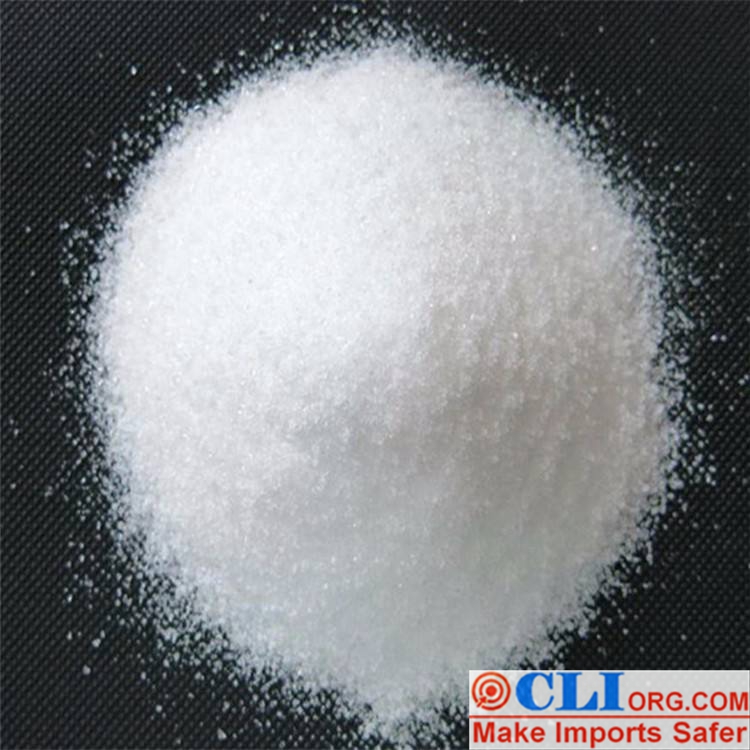
The mechanism of action of the electret antibacterial meltblown cloth is that the strong electrostatic field and microelectronic flow generated by the electret stimulate bacteria, causing the protein and nucleic acid to mutate and damage, destroying the surface structure of the bacteria, resulting in the death of the bacteria. The tourmaline itself releases negative ions to block the metabolic process of some bacterial microorganisms, including respiratory system, enzyme activity, and material transfer from cell walls, thus inhibiting bacterial cells from playing an antibacterial role.
According to the principle of action, the meltblown fabric electre filter material mainly captures particles through mechanical blocking and electrostatic adsorption. The mechanical blocking effect is closely related to the structure and properties of the material: when the meltblown cloth is charged by corona with a voltage of several hundred to several thousand volts, the fibers diffuse into reticular holes due to the repulsive effect of static electricity, and the size between the fibers is much larger than the size of dust, thus forming an open structure. When dust passes through meltblown filter materials, electrostatic action can not only effectively attract charged dust particles, but also capture polarized neutral particles by electrostatic induction effect.
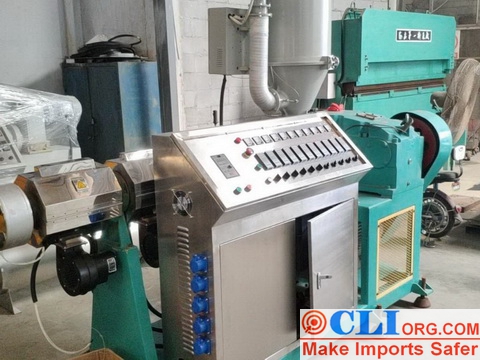
The higher the electrostatic potential of the material, the higher the charge density of the material and the more point charges, the stronger the electrostatic effect. Corona discharge can greatly improve the filtration performance of polypropylene meltblown fabric. The addition of tourmaline particles can effectively improve electre efficiency. The filtration efficiency increases, the filtration resistance decreases, the surface charge density of fiber increases, and the storage capacity of fiber net also increases. It is better to add 6% tourmaline to electrify. Too many electret materials will increase the mobility and neutralization of carriers. The electret masterbatch should have nano or micro-nano size and uniformity. A good electret master batch can improve spinning performance, does not affect nozzles, improves filtration efficiency, resists electrostatic decay, reduces air resistance, increases the density and depth of charge trapping, enables more charges to have a greater probability to exist in aggregates in fibers, enables trapped charges to be in a lower energy state, is not easy to escape from charge carrier traps or be neutralized, and slows down decay.
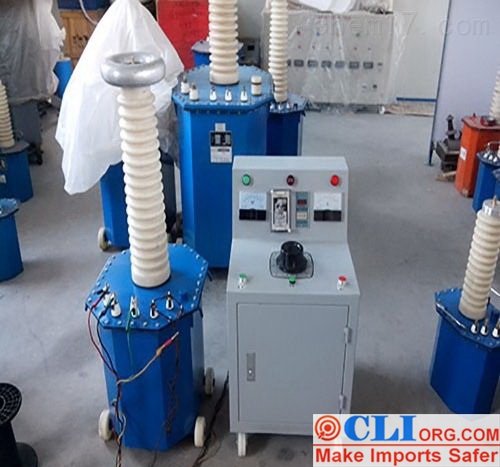
In addition to the meltblown fabric electret process, from meltblown fabric industry in China, meltblown cloth mainly uses Polypropylene (PP) as the main raw material. Polypropylene is a polymer produced by addition polymerization of propylene. It is colorless, odorless, non-toxic, translucent and waxy solid, and is the main material for producing masks. Due to its chemical resistance, heat resistance, electrical insulation and high mechanical strength, polypropylene has been developed and applied in many fields such as machinery, automobiles, electronic appliances, construction, textile, packaging, agriculture, forestry, fishery and food industry. Public data show that one ton of high melt index fiber can produce about 250,000 germ protective masks. Based on this calculation, the high melt index fiber currently used in the production of germ protective masks is about 80 tons per day, and the annual consumption is 28,000 tons. The diameter of the fiber can reach 1-5 microns. As the raw material polypropylene for meltblown cloth is from petroleum, petrochemical enterprises have advantages in producing meltblown cloth. The special material for meltblown cloth is polypropylene with high melt index. The higher the melt index of polypropylene, the finer the fibers will be and the better the filterability of the melt blown cloth will be.
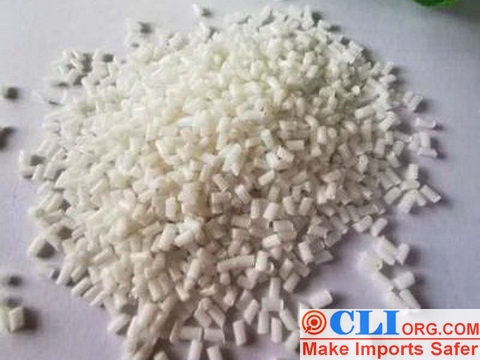
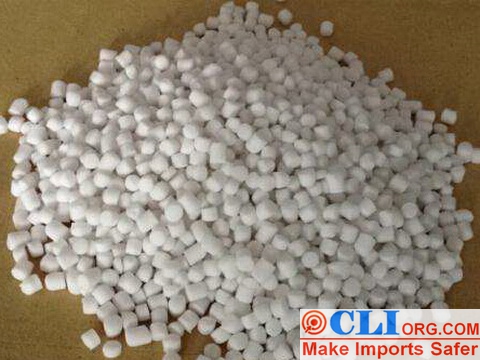
This article is an original article for CLI Inspection, who is committed to providing high-quality product inspection technology and know-how sharing for global importers and retailers to make imports safer.
All rights reserved. The contents of this website provided by CLI Inspection may not be reproduced or used without express permission.
For reprint, please contact with CLI Inspection, thank you.
Scott Chin
Senior professionals in the field of quality inspection are committed to finding and sharing valuable experiences.
SEARCH
Email Subscribers
Recent Posts
- register-081823 08/18 @ 8:03
- A Few Tricks to Teach You How to Easily Buy Luggage Case Bags With High Cost Performance ? 04/20 @ 8:47
- You Can’t Imagine That A Big Brand Like KAPPA Will Find Serious Batch Problems During Inspection! 04/13 @ 9:08
- Folding Table: Technological Comparison Between Two Factories 04/6 @ 8:45
- Are You Still Worried About Clothes Damaged by Hangers? 03/29 @ 8:26
Recent Comments
Monthly Files
Catalogue
Tags
BLOG
- register-081823 08/18 @ 8:03
- A Few Tricks to Teach You How to Easily Buy Luggage Case Bags With High Cost Performance ? 04/20 @ 8:47
- You Can’t Imagine That A Big Brand Like KAPPA Will Find Serious Batch Problems During Inspection! 04/13 @ 9:08
- Folding Table: Technological Comparison Between Two Factories 04/6 @ 8:45
